Thoughts of Ticino shape many a skyline
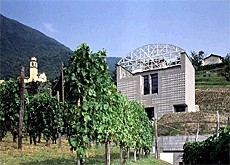
They have left their mark on papal Rome and on Tsarist Russia. More recently, architects from Ticino have transformed cityscapes around the globe.
An exhibition at the Swiss Cultural Centre in Milan is showcasing the work of Ticinese architects from the past 30 years.
It’s not easy to see why Ticinese architects have such universal appeal. A glance at the panels on display in Milan reveal no common style – indeed, they have long demonstrated their independence and originality.
For Mario Botta, the media darling of this set, the answer is probably Ticino itself: “What they may have in common,” he suggests, “is a certain local and ethical sensibility -a strong bond with the land where their work is built.
The way Botta sees it, the landscape of the Swiss canton, lying on the southern side of the Alps, “is its own architectural masterpiece, with horizontal expanses of water supporting the vertical motion of valleys and mountains”.
“If we were on the wide open spaces of Holland, perhaps the idea of building and of space would be less immediate.” For him, the landscape speaks of architecture and the local designers learn the language by osmosis.
Botta’s work can be seen across the globe – from the Museum of Modern Art in San Francisco to the Contemporary Art Gallery Watari-um in Tokyo.
Creators
The 47 panels at the exhibition are arranged in two sections: “capisaldi” (“foundations”) and “protagonisti” (“stars”).
The first is a chronological display of the most representative works built in Ticino, while the second highlights the luminaries of Ticinese architecture over the past 30 years.
Among them are Mario Botta, Luigi Snozzi, Aurelio Galfetti and Livio Vacchini, creators of celebrated buildings across the globe.
The exhibition catalogue is published as a CD-ROM with a function for the interactive viewing of 360° panoramas.
One computer set up at the venue displays 11 interviews with architects and architecture critics, while another connects to related sites.
“Our aim was not to track down the media darlings of architecture and include them in the show at all costs,” Jacques Gubler, professor at the Accademia di Mendrisio and curator of the exhibition, told swissinfo.
“But there’s no doubt that all of the architects brought together here at the Swiss Cultural Centre have played an important role in disseminating what they know.
Constellation
“What we have here in Milan is a constellation of seven personalities who have had a major influence on a new generation of architects through their international teachings.”
In Gubler’s view, the exhibition has two messages. The first is the quality of the Swiss design. The other is to provoke thought about local construction, public architecture and the refurbishment of disused areas.
“When the show moves to Sicily, for example, people can start a dialogue about the architecture on display. We’re not showing just aesthetic masterpieces, but practical applications like daycare centres and collective housing.”
Capital of culture
Domenico Lucchini, director of the Swiss Cultural Centre, feels a show like this calibre can help “raise Milan above a certain provincialism, given that – unlike just after the Second World War or in the 1970s – it is no longer a European capital of culture.
“It’s a way to put new lustre on an image dulled by Milan’s heavy involvement in finance.”
Lucchini points out that the show was made for travelling because it is built on a digital information base that can be adapted and translated into several languages.
According to Marco Cameroni, Swiss Consul General in Milan, the show will be crucial to promoting Switzerland’s image in the cities and countries where it travels. “This will make architecture an ambassador of one of Switzerland’s greatest cultural assets.”
Mario Botta hopes that visitors to the show will see the history of their times in the works of the Ticinese architects, from the 1960s to the end of the 20th century.
“Architecture is a formal expression of history,” he says. “It can sometimes be blunt but it always speaks the truth.”
swissinfo, Mariano Masserini in Milan
For centuries, that little corner of Switzerland known as Ticino has been producing architects of universal renown.
For Mario Botta, the geometry of the Ticinese landscape is the key to their success.
An exhibition in Milan presents the past 30 years’ worth of creations by the greatest Ticinese architects of our times.

In compliance with the JTI standards
More: SWI swissinfo.ch certified by the Journalism Trust Initiative

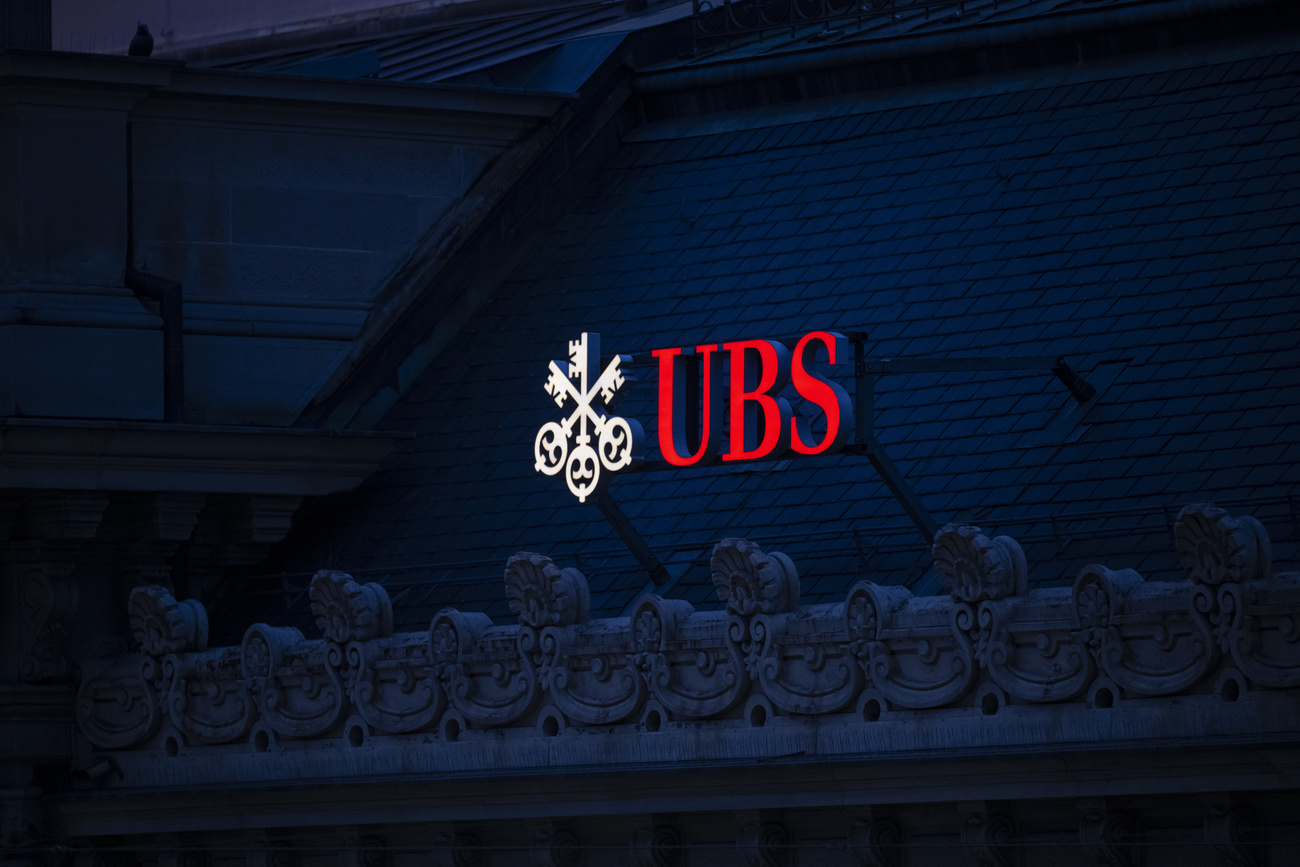
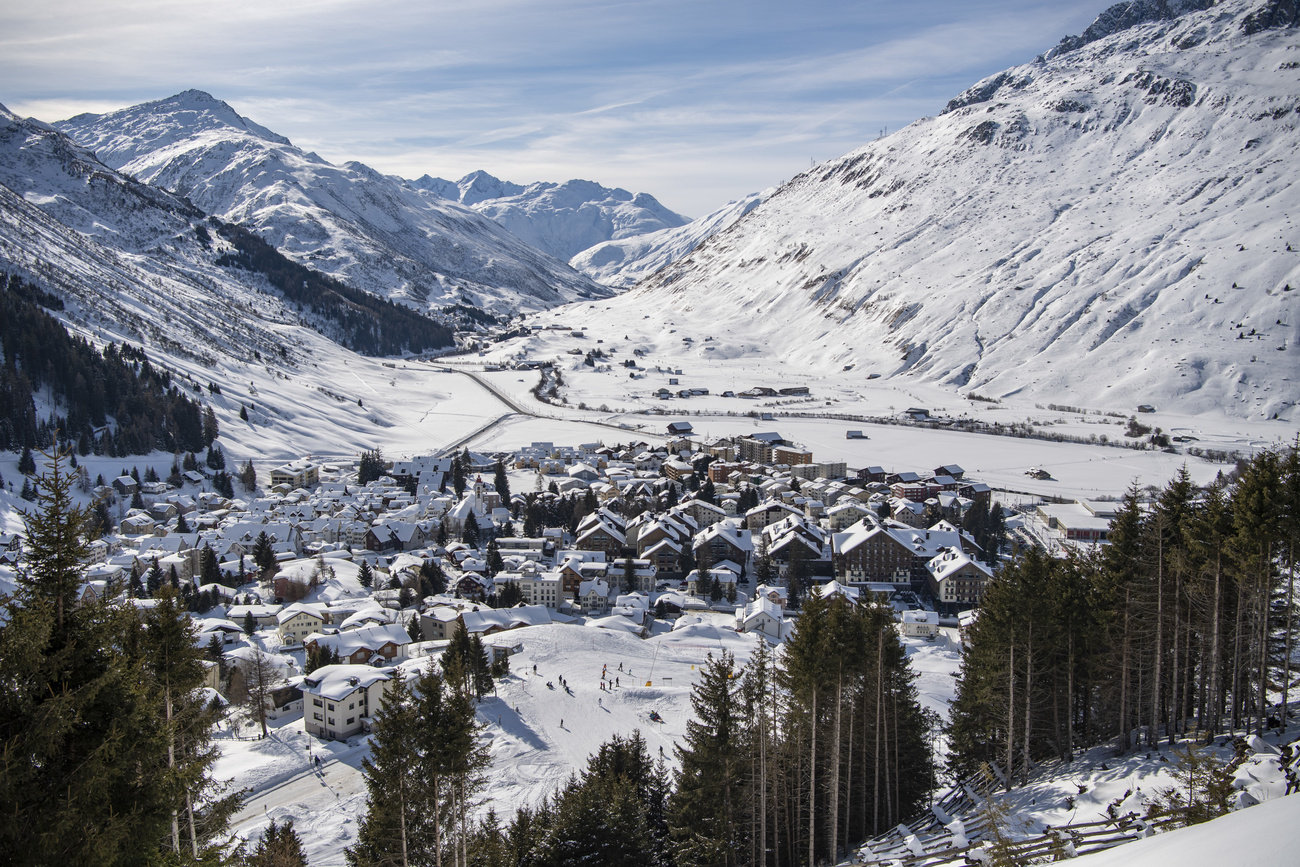


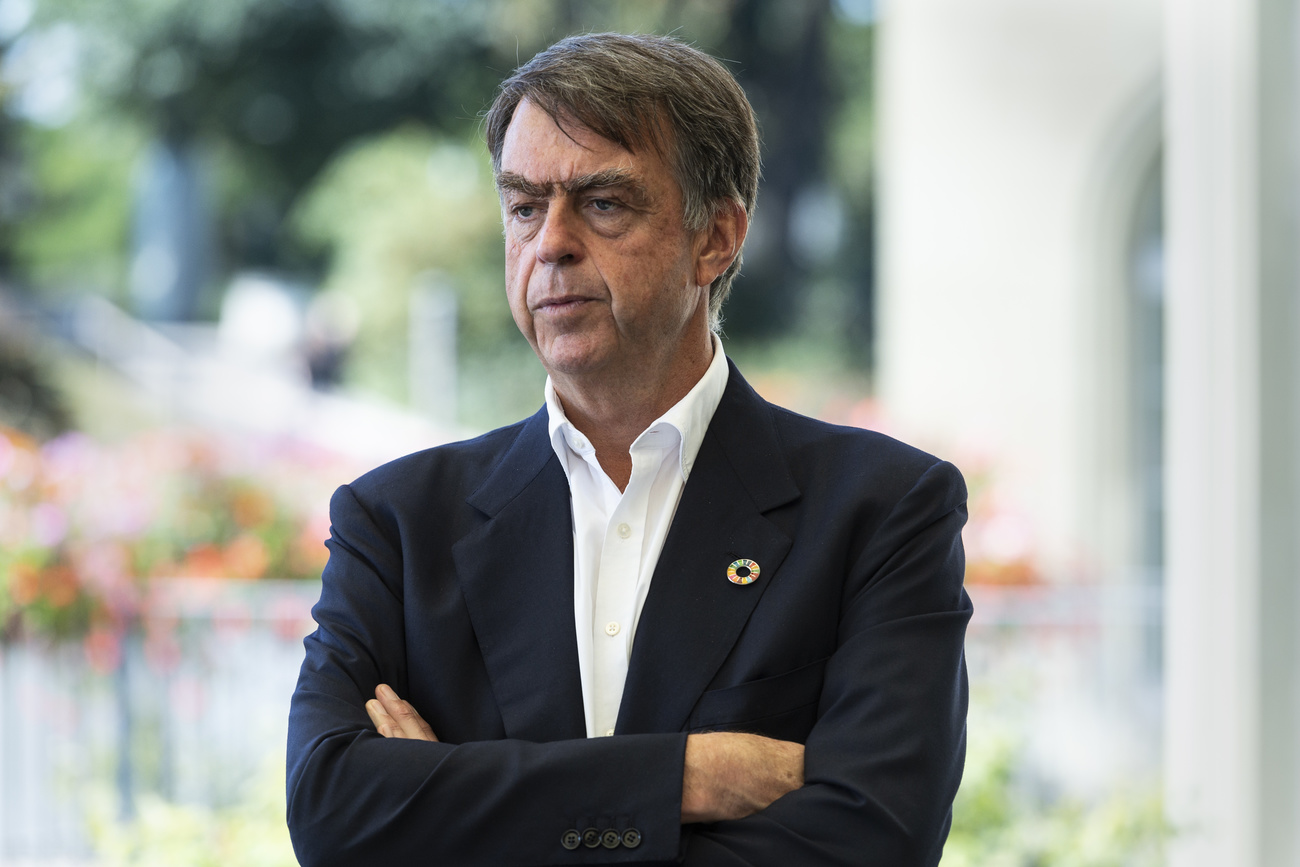



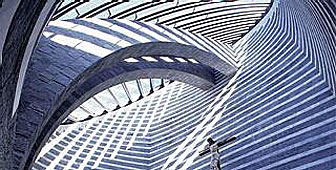
You can find an overview of ongoing debates with our journalists here . Please join us!
If you want to start a conversation about a topic raised in this article or want to report factual errors, email us at english@swissinfo.ch.